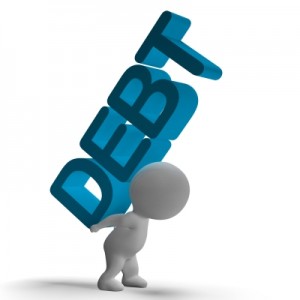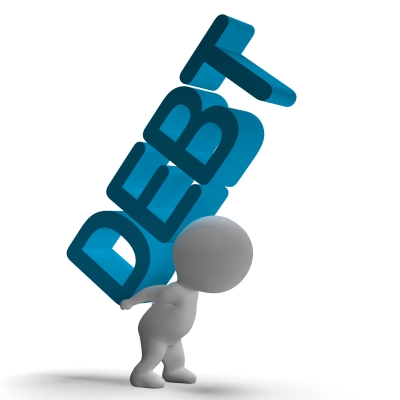When you’re in debt, the guilt and stress that goes with it can be all-consuming. It can affect your sleep, your health, and your relationship and family life. The worst thing you can do when in debt is to ignore the problem. Even if it feels like you will never be free of debt, the best way to tackle the problem is to start building a strategy to pay the debt off.
How you do this depends on how much debt you are in. In the UK, if your debts are over £10,000 you may want to consider getting IVA advice.
An IVA is an Individual Voluntary Arrangement which is an agreement drawn up in court between you and your creditors.

Payments are based on your personal financial situation. Your monthly payment will be calculated before any negotiations with creditors take place. They are designed to spread out your payments over 5 years and can change depending on any changes in your income. Once the final payment is made, any outstanding debt is legally written off. An IVA arrangement can write off a significant portion of your unsecured debt – in many cases more than 70%. Homeowners may be required to release equity at the end of the 5 years, however, your home is never at risk.
Because it is “Voluntary” creditors don’t have to agree to an IVA, but most will, as it’s an effective way of getting their money back and it avoids the hassle and expense of bankruptcy proceedings and ongoing collection issues. Generally, interest and charges are frozen at 0% during the IVA and creditors will agree not to impose additional penalties. Once the IVA is accepted your insolvency practitioner’s role becomes that of supervisor, monitoring the IVA’s progress and ensuring that the terms and conditions that were agreed to at the creditors meeting are properly adhered to, thereby shifting the responsibility to the IP and making it easier on both the debtor and the creditor. The insolvency practitioner acts as supervisor during the agreement, taking the monthly payment from the debtor and redistributing it amongst the creditors on a pro-rata basis.
Your financial situation is reviewed annually during the IVA and if your income goes up, then your repayment amounts will be increased to reflect this. Failure to meet the repayment schedule will result in the failure of the IVA, so you must be prepared to take the agreement seriously. After the agreement has finished, provided that you have kept up your repayments, you will then be clear of debt, regardless of how much debt has been paid.
IVAs aren’t suitable for everyone, but they can be a great solution for those seriously in debt who wish to avoid bankruptcy. Always seek independent financial advice before signing any legally-binding debt solution.
See Also:
- Using An IVA to Reorganise Debt
- 5 Things to Consider Before Filing for Bankruptcy
- Can I Overpay My IVA?
- 5 Tips to Avoid Bankruptcy
- Losing Money faster than you’re making it? Tips for Managing Finances
Image courtesy of Stuart Miles / FreeDigitalPhotos.net




